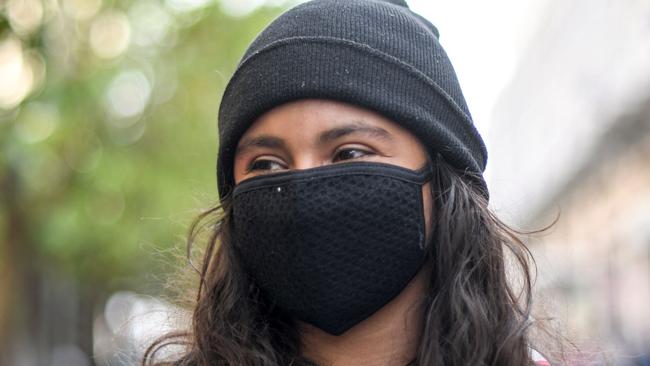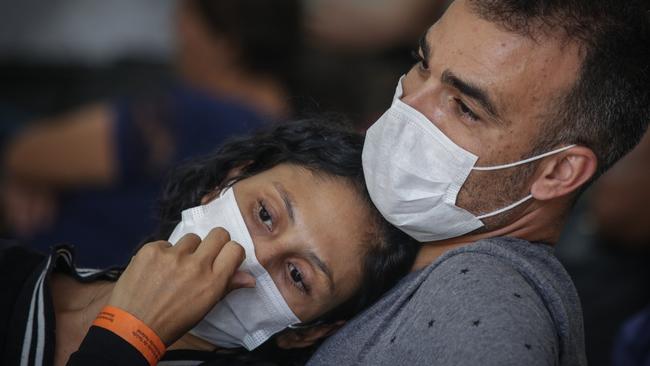What it’s like to suffer from health anxiety amid the coronavirus pandemic
Managing health anxiety, which tricks your brain into imagining the worst, is hard at the best of times. But things become near unimaginable during a global outbreak, writes Darren Levin.
Rendezview
Don't miss out on the headlines from Rendezview. Followed categories will be added to My News.
What’s it like living through a global pandemic with a health anxiety?
I’m here to tell you it’s about as much fun as self-isolating with three children and the internet cut off.
Every day, as the world plunges deeper and deeper into a dried pasta and toilet paper drought, I run through a checklist of coronavirus symptoms: starting quite literally from the bottom (diarrhoea) to the top (fever). In the middle, there’s dry cough, fatigue, sputum production, shortness of breath, muscle or joint pain, sore throat, headache, chills, nausea or vomiting, and nasal congestion. That reads like a rollcall of symptoms I have every day, so how many of these do I have to tick off before I have to line up for a coronavirus test in the carpark of my local GP?
Out of 55,000 laboratory confirmed cases of COVID-19 in China, 67.7 per cent involved coughing. I’m not coughing yet, but I am experiencing nightly chills (11.4 per cent) and fatigue (38.1 per cent). Adding those two percentages together means I’m almost halfway to a full-blown coronavirus panic attack – even if the fatigue is probably a symptom of having a child who likes to crawl in our bed each night at 3am.

That’s the thing about health anxiety. It tricks your brain into thinking you’re experiencing something serious when it’s probably benign. But the more you focus on symptoms, the more intense they become. Some harmless pins and needles from sitting in a chair too long can quickly turn into a belief that you’re probably suffering from a rare auto-immune disease.
Health anxiety locks you into in these terrifying infinity loops, where you’re constantly scanning your body, checking skin blemishes, or turning a normal headache into a migraine. A quick consult with Dr Google, and you’re diagnosing yourself with an inoperable brain tumour, giving yourself four to six weeks to live.
It wasn’t always this way. During the height of the 2009 swine flu pandemic I remember laughing at my dad when he bought a pack of Tamiflu and a couple surgical masks for an overseas trip. SARS was an abstract concern, and the only worry I had about Y2K was where I was getting my Midori Illusions Shaker fix on New Year’s Eve.

A year later, though, our first daughter was born and an underlying sense of worry – about her, about myself, about everything – became extreme panic when I started feeling a strange lump in my throat.
An MRI and several GP visits later I was ‘diagnosed’ with globus pharyngis, the mere sensation of having a lump in my throat brought on by stress or anxiety.
Thanks to some therapy I managed to feel a little less like I wasn’t dying every day. That’s not to say I don’t go to those dark places sometimes, rather that I just know how to convince myself everything is (probably) okay.
But now I’m playing this game of daily COVID-19 whack-a-mole. Is my nose usually this runny? Is this thermometer working correctly because I’m sure I really am quite hot? Is my throat just sore from yelling at my children to stop fighting, or is there something more sinister at play?
Because if it’s not coronavirus maybe it’s something much, much worse. I’m sure Dr Google will know.
Darren Levin is a columnist for RendezView.com.au
